
04 May Genealogy- Newsletter- May 4, 2024
Contents
- 1 5 MILLION PEOPLE LIVE IN IRELAND. THERE ARE 39 MILLION AMERICANS OF IRISH DESCENT WHO ARE INTERESTED IN GENEALOGY
- 2 DID THE BRITISH SEND GERMAN CAMP SURVIVORS BACK TO GERMAN CAMPS? FIND OUT WITH GENEALOGY
- 3 JACK WILLIAMS OR FRANCIS CLALIN? WHAT DOES GENEALOGY TELL US?
- 4 THEY WERE HATED BY THE YANKS AND THE REBELS, A GENEALOGY STORY
- 5 WAS JOE BIDEN’S UNCLE AMBROSE FINNEGAN EATEN BY CANNIBALS? GENEALOGY CAN HELP WITH THIS
- 6 WHAT ABOUT YOUR GENEALOGY?
5 MILLION PEOPLE LIVE IN IRELAND. THERE ARE 39 MILLION AMERICANS OF IRISH DESCENT WHO ARE INTERESTED IN GENEALOGY
You can imagine the demand to discover Irish records for genealogy purposes; however, Ireland is one of the most challenging first-world countries to find information. Here is one of the reasons why and how it may get easier.
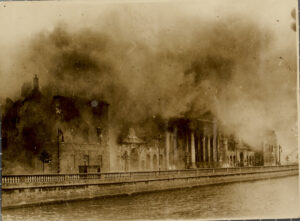
In June 1922, the opening battle of Ireland’s civil war destroyed one of Europe’s great archives in a historic calamity that reduced seven centuries of documents and manuscripts to ash and dust.
Once the envy of scholars worldwide, the Public Record Office at the Four Courts in Dublin (on fire in the picture) was a repository of medieval documents packed into a six-story building by the River Liffey. It was obliterated when troops of the fledgling Irish state bombarded former comrades who were hunkered down at the site as part of a rebellion by hardline Republicans against peace with Britain.
Each side blamed the other for the destruction, but there was no disputing the consequences. “At one blow, the records of centuries have passed into oblivion,” said Herbert Wood, deputy keeper of the public records. The ruins stood as a testament to loss and a harbinger of the destruction of European cultural treasures in 20th-century wars.
On the eve of the disaster’s centenary, a virtual reconstruction of the building and its archives will be unveiled. Historians, archivists, and computer scientists have spent five years piecing together much of what had been thought lost forever.
“When we began the project, the story was that everything had been lost. But it turns out we have recovered hundreds of thousands of documents,” said Peter Crooks, director of Beyond 2022: Virtual Record Treasury of Ireland. “We could not have known the scale of the materials out there.”
The retrieved material includes details about the Cromwellian land redistributions that shaped modern Ireland.
The project mixed old-fashioned academic sleuthing, artificial intelligence, and collaboration with dozens of archives in the UK, continental Europe, the US, and Australia. The results – an immersive 3D reconstruction of the destroyed building and a vast digital archive – will be formally launched on 27 June. It will be an open-access free resource with a searchable website. The 3D reconstruction gives viewers a detailed and eerie tour of the Public Record Office as it looked before the fire. Genealogy.
The initiative hopes to encourage other attempts to retrieve damaged cultural legacies, such as Notre Dame Cathedral and theatres in Ukraine. “We explored the theme of cultural loss and recovery across the centuries, from the destruction of the Library of Alexandria in antiquity to contemporary acts of cultural loss and destruction and the ongoing vulnerability of digital archives,” said Crooks.
The project was funded by Ireland’s culture department and spearheaded by Crooks and his colleague at Trinity College Dublin’s history department, Ciarán Wallace. It fused AI handwriting transcription with material uncovered in the national archives of Ireland and the UK, the Public Record Office of Northern Ireland, the Irish Manuscripts Commission, and dozens more institutions.
One strand focused on tens of thousands of “salved” documents – about a twentieth of the archive that survived the flames and had been packed in boxes. “You could smell the ash when you opened some of them,” said Wallace. Computers were used to decipher centuries-old handwriting, facilitating digitization.
Another strand saw historians embedded in foreign archives with Irish material to trawl for duplicates and copies of lost documents. They found hundreds of thousands.
Britain’s National Archives in Kew was a trove, thanks to meticulous medieval record-keeping. Plantagenet monarchs suspected corruption in their Irish colony, so copies of audits, inventories, and expenditures were stored in London.
In the 19th century, US institutions spent sprees at auctions to amass ancient manuscripts, some copied from Dublin. The Public Record Office of Northern Ireland, though created after 1922, gathered correspondence and other documents from private collections that mirrored the doomed archive.
“This is the great revelation – once you start asking: ‘What do you have?’ it can be overwhelming,” said Crooks. The material had often been forgotten and undisturbed for decades, and curators were unaware they possessed the only surviving copies. In some categories dubbed “gold seams,” up to 80% of lost material has been retrieved. In others, such as the pre-famine census, it is zero. It is unclear how much has been retrieved, but the Trinity historians expect the project to continue filling gaps. “There is so much more out there: we’re just scratching the surface,” said Wallace.
It was once said that the most depressing book in Ireland was a guide to the Public Record Office published in 1919, a catalog of the treasures lost to the flames. With some treasures recovered and more to come, the guide may no longer feel quite melancholy.
Read more at these links:
Restoring Irish records
Recovering lost Irish records
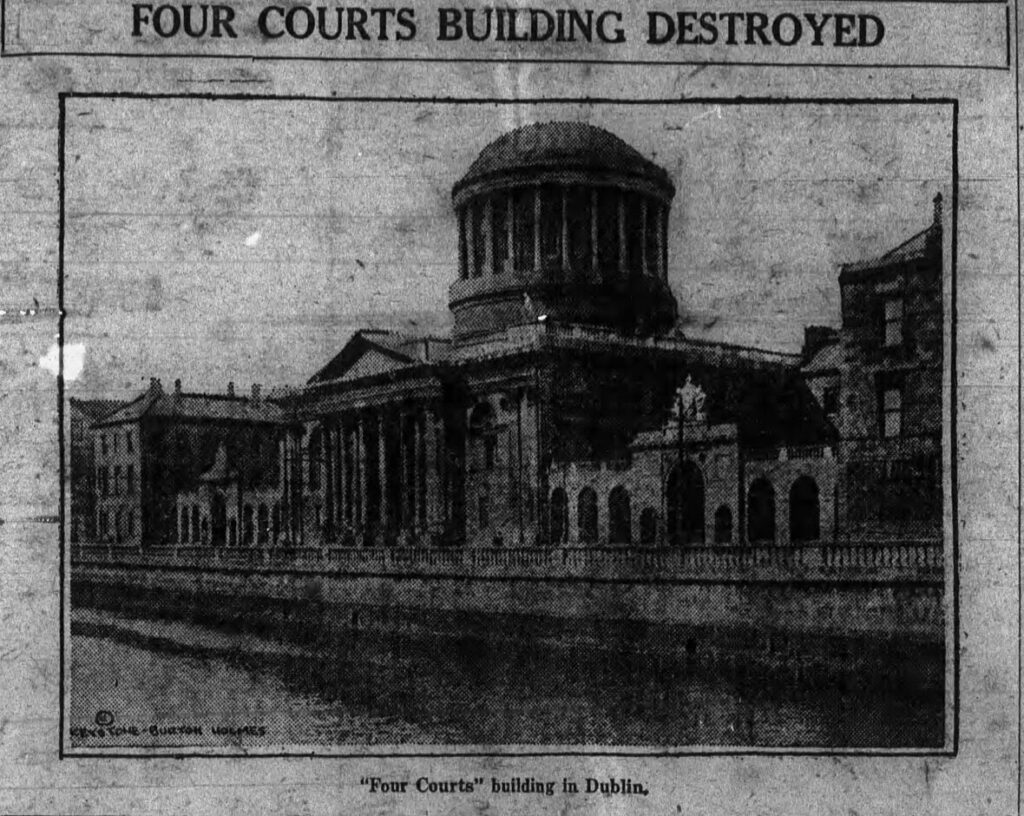
 DID THE BRITISH SEND GERMAN CAMP SURVIVORS BACK TO GERMAN CAMPS? FIND OUT WITH GENEALOGY
DID THE BRITISH SEND GERMAN CAMP SURVIVORS BACK TO GERMAN CAMPS? FIND OUT WITH GENEALOGY
In July 1947 in France, 4,500 Jewish refugees from displaced persons camps in Germany boarded the “Exodus 1947” and attempted to sail (without permission to land) to Palestine, which was under British mandate. The British intercepted the ship off the coast and forced it to anchor in Haifa, where British soldiers removed the Jewish refugees.
After British authorities failed to force France to accept the refugees, the refugees were returned to DP camps in Germany. The plight of the “Exodus” passengers became a symbol of the struggle for open immigration into Palestine.
On August 22 a Foreign Office cable warned diplomats that they should be ready to emphatically deny that the Jews would be housed in former concentration camps in Germany and that German guards would not be used to keep the Jews in the refugee camps. It further added that British guards would be withdrawn once the Jews were screened.
The treatment of the refugees at the camps caused an international outcry after it was alleged that the conditions could be likened to German concentration camps. Jewish allegations of cruel and insensitive treatment would not go away and on October 6, 1947, the Foreign Office sent a telegram to the British commanders in the region demanding to know whether the camps really were surrounded with barbed wire and guarded by German staff.
The picture above shows Rabbi Shlomo Zev Zweigenhaft (center with hat) speaking to Captain Ike Aronowicz of the Exodus (left) outside a Nissen hut during a visit to a DP camp in Poppendorf. Genealogy.
You can read more on this unfortunate event here: Jews sent back to German Camps
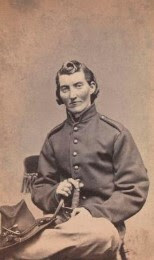
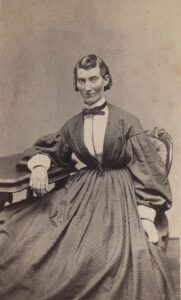
 JACK WILLIAMS OR FRANCIS CLALIN? WHAT DOES GENEALOGY TELL US?
JACK WILLIAMS OR FRANCIS CLALIN? WHAT DOES GENEALOGY TELL US?
Frances Louisa Clayton (c. 1830 – after 1863), also recorded as Frances Clalin, was an American woman who purportedly disguised herself as a man to fight for the Union Army in the American Civil War. However, many historians now believe her story was likely fabricated. Under the alias of Jack Williams, she claimed to have enlisted in a Missouri regiment with her husband and fought in several battles. She claimed that she left the army soon after her husband died at Stones River.
Newspaper reports indicate that Clayton served in both cavalry and artillery units. Her story became known and widely circulated after her service, though each account contains contradictory, sometimes dubious, information about her life and supposed service. Several photographs of Clayton, including those of her in uniform, exist. However, little else is known about her life, and no official military record exists of her service. Genealogy.
Frances Clayton, Civil War Soldier
 THEY WERE HATED BY THE YANKS AND THE REBELS, A GENEALOGY STORY
THEY WERE HATED BY THE YANKS AND THE REBELS, A GENEALOGY STORY
We recently visited the Andersonville Prison and National Veterans Cemetery in rural Georgia. I have visited many Civil War battlefields, with their restored cannon and state monuments to the units that fought there. The bravery and suffering combined there for a short period give you pause.
The prison is a different experience when you think of the fact that roughly 130 men a day were dying there. While touring the cemetery, we came across a grouping of stones (picture from an earlier time) that belonged to a group of men hated by both the Union and Confederate soldiers.
The Andersonville Raiders were a band of rogue soldiers incarcerated at the Confederate Andersonville Prison during the American Civil War. Led by their chieftains – Charles Curtis, John Sarsfield, Patrick Delaney, Teri Sullivan (aka “WR Rickson”, according to other sources), William Collins, and Alvin T. Munn – these soldiers terrorized their fellow prisoners, stealing their possessions and sometimes even committing murder.
An internal force of soldiers with a policing role called the “Regulators” was eventually formed to counter the Raiders’ theft and violence, which ultimately led to an extreme prison riot that resulted in the capture and trial of the Raider’s leaders in the early summer of 1864. On July 11, 1864, six of the Raiders’ leaders were hanged, concluding the group’s control of the Confederate prison. Even so, the prisoners would still live in horrid conditions after this, ending with more than 13,000 soldiers dying in Andersonville by the end of the war. Genealogy.
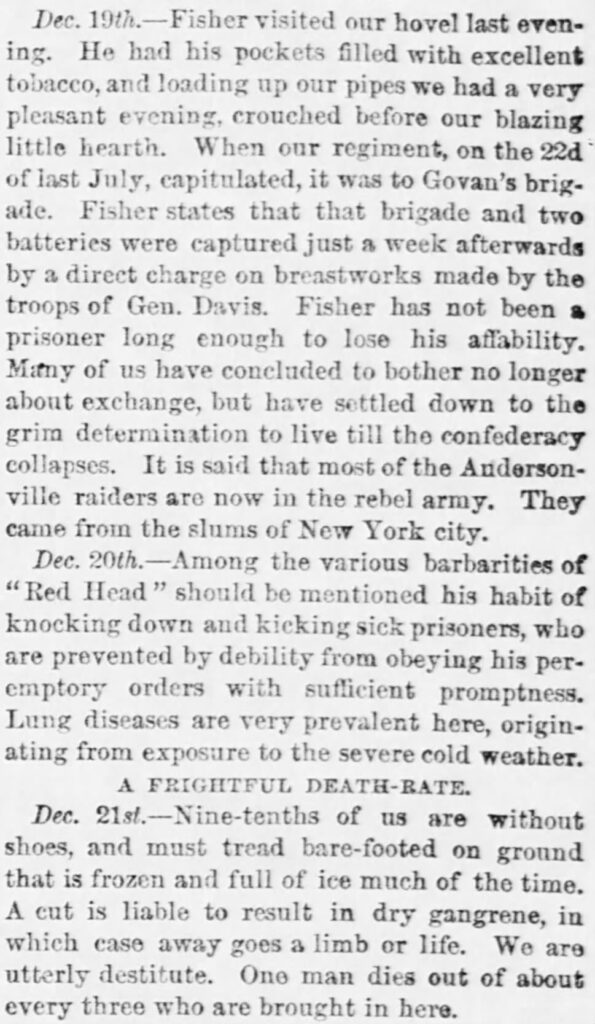
 WAS JOE BIDEN’S UNCLE AMBROSE FINNEGAN EATEN BY CANNIBALS? GENEALOGY CAN HELP WITH THIS
WAS JOE BIDEN’S UNCLE AMBROSE FINNEGAN EATEN BY CANNIBALS? GENEALOGY CAN HELP WITH THIS
Below is a link to a recent article, and below is a 1944 article about him missing.
In looking for stories about cannibals eating soldiers during WW2, I did not find any. However, I found the one to the right about a descendant of cannibals who was awarded a medal by Secretary of War Henry Knox.
The clipping at the top of the newsletter is a classic example of how family stories grow with time. Before radio and TV, Uncle John was often the source of entertainment. Dancestors Genealogy work on finding the truth or lack thereof in these stories. Genealogy.
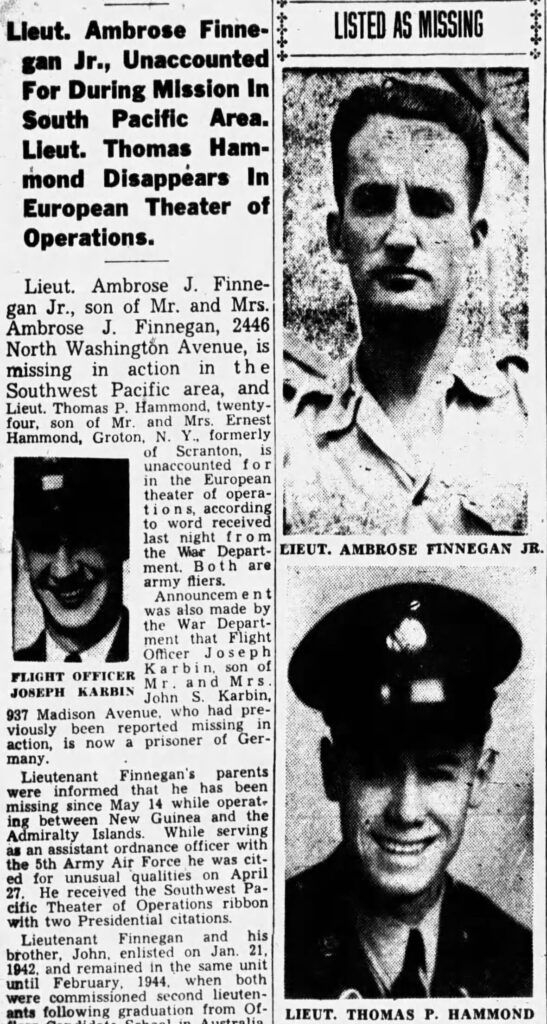
 WHAT ABOUT YOUR GENEALOGY?
WHAT ABOUT YOUR GENEALOGY?
Reach out to Dancestors Genealogy. Our genealogists will research, discover, and preserve your family history. No one is getting any younger, and stories disappear from memory every year and eventually from our potential ability to find them.
Preserve your legacy, and the heritage of your ancestors.
Paper gets thrown in the trash; books survive!
So please do not hesitate and call me @ 214-914-3598 and get your project started!


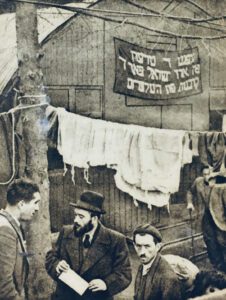 DID THE BRITISH SEND GERMAN CAMP SURVIVORS BACK TO GERMAN CAMPS? FIND OUT WITH GENEALOGY
DID THE BRITISH SEND GERMAN CAMP SURVIVORS BACK TO GERMAN CAMPS? FIND OUT WITH GENEALOGY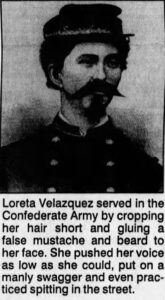 JACK WILLIAMS OR FRANCIS CLALIN? WHAT DOES GENEALOGY TELL US?
JACK WILLIAMS OR FRANCIS CLALIN? WHAT DOES GENEALOGY TELL US?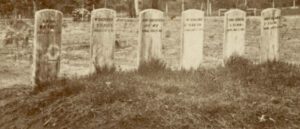 THEY WERE HATED BY THE YANKS AND THE REBELS, A GENEALOGY STORY
THEY WERE HATED BY THE YANKS AND THE REBELS, A GENEALOGY STORY WAS JOE BIDEN’S UNCLE AMBROSE FINNEGAN EATEN BY CANNIBALS? GENEALOGY CAN HELP WITH THIS
WAS JOE BIDEN’S UNCLE AMBROSE FINNEGAN EATEN BY CANNIBALS? GENEALOGY CAN HELP WITH THIS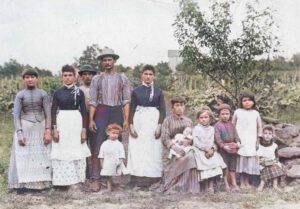 WHAT ABOUT YOUR GENEALOGY?
WHAT ABOUT YOUR GENEALOGY?